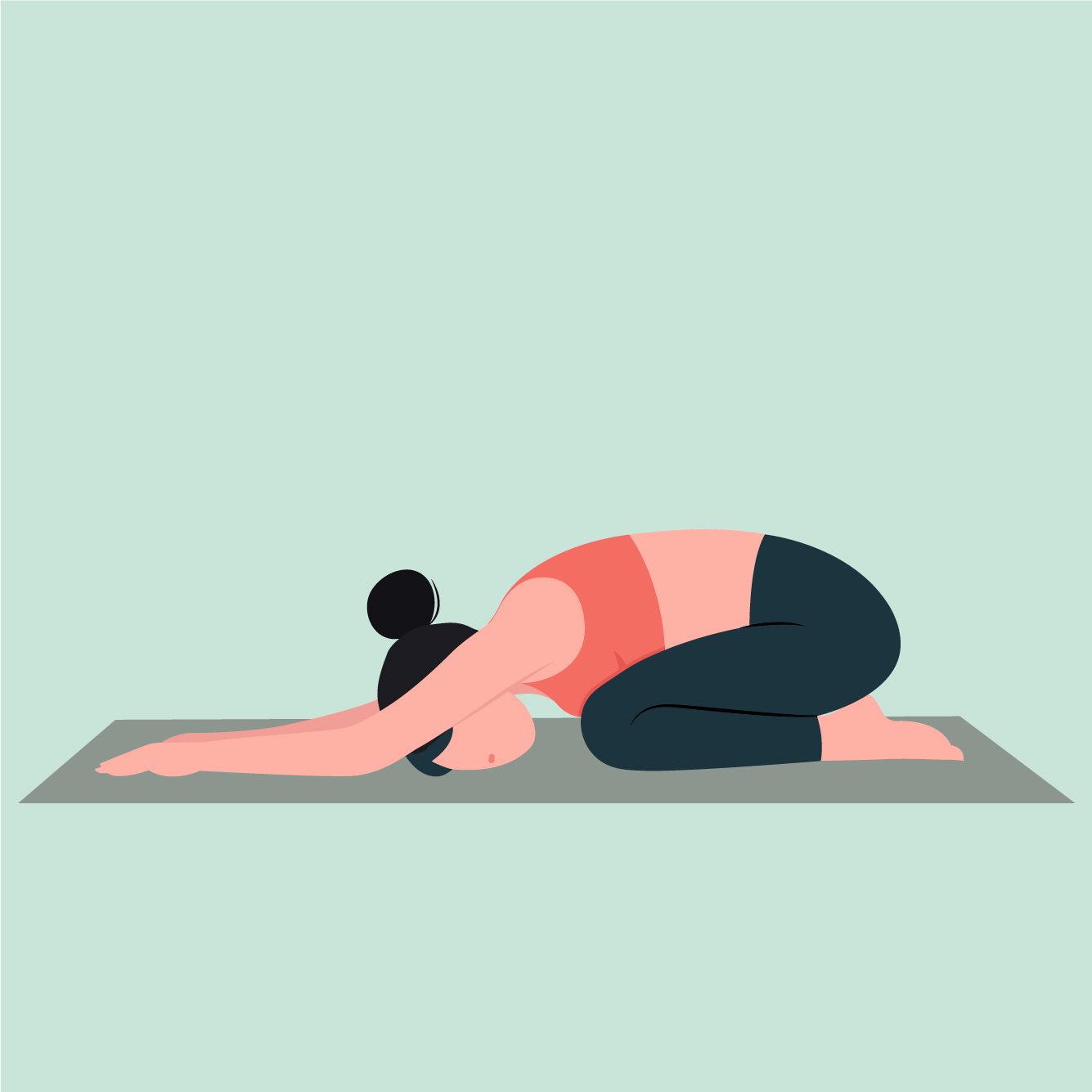Pelvic Organ Prolapse: How Physical Therapy Can Help with Symptoms and Returning to Exercise
Pelvic organ prolapse (POP) is a condition that affects many women, especially after childbirth. It occurs when the pelvic organs—such as the bladder, uterus, or rectum—descend into or beyond the vaginal canal due to weakened pelvic floor muscles and connective tissue. While prolapse can feel overwhelming, the good news is that physical therapy can play a significant role in managing symptoms and helping women safely return to exercise.
Understanding Pelvic Organ Prolapse
Pelvic organ prolapse occurs when the support structures of the pelvic floor weaken, leading to a feeling of heaviness, pressure, or a bulging sensation in the vagina. Other symptoms may include:
Urinary leakage or urgency
Difficulty emptying the bladder or bowels
Discomfort during sex
Lower back or pelvic pain
Common risk factors for POP include pregnancy, vaginal childbirth, chronic constipation, heavy lifting (without proper core and pelvic floor engagement), and menopause. Many women find significant relief through pelvic floor physical therapy and conservative treatment to address the issue.
How Physical Therapy Can Help
Pelvic floor physical therapy focuses on strengthening and retraining the muscles that support the pelvic organs. A trained pelvic health physical therapist can provide:
1. Pelvic Floor Muscle Training
Kegel exercises are often recommended for strengthening the pelvic floor, but may not be the best solution for everyone and by no means are the only exercise you should be performing fro your pelvic floor. A therapist can assess whether strengthening or relaxation techniques are more beneficial for each individual.
2. Breathwork and Core Engagement
Learning how to properly engage the deep core muscles and coordinate them with the breath can reduce intra-abdominal pressure, which can help manage prolapse symptoms and prevent worsening.
3. Postural and Movement Strategies
Postural adjustments and body mechanics can alleviate pressure on the pelvic floor, making daily activities and exercise more comfortable and putting your pelvic floor at a better mechanical advantage to support you (and your internal organs).
4. Manual Therapy and Myofascial Release
A therapist may use hands-on techniques to release tightness in surrounding muscles, improve circulation, and enhance muscle function.
5. Guidance for Returning to Exercise
Many women with prolapse fear that exercise will make their symptoms worse. However, with the right modifications, movement can be beneficial. A physical therapist can guide women in safely resuming activities such as walking, strength training, yoga, and even higher-impact workouts by:
Modifying movements to reduce pressure on the pelvic floor
Strengthening surrounding muscles for better support
Incorporating low-impact exercises before progressing
There are several different types of pelvic organ prolapse (POP), as well as different stages of severity. It is best to get assessed by a pelvic floor PT to know the type and severity of POP to best treat your individual needs.
Safe Exercises for Women with Prolapse
Every case of prolapse is different, and therefore there is no one exercise that fits all. If you are experiencing symptoms of prolapse, it is best to get individually assessed by a pelvic floor physical therapist.
If you are having increased heaviness in the pelvic area, try exercises that get your hips higher than your shoulders (like child's pose and hip elevated bridges). These positions help you use gravity to your advantage and assist the pelvic floor and core in moving the pelvic organs up. Remember, these exercises are only the beginning of rehabilitation and treatment for pelvic organs prolapse and serve as a good place to start for symptom relief. To fully fix the issue, we need to make sure the core and pelvic floor can support the internal organs in positions against gravity as we improve coordination, pressure management, and strength progressively.
When to Seek Help
If you’re experiencing symptoms of pelvic organ prolapse, don’t hesitate to seek help from a pelvic floor physical therapist. Early intervention can significantly improve symptoms and quality of life. Additionally, if you’re unsure how to safely exercise with prolapse, a professional can create a customized plan tailored to your needs.
Pelvic organ prolapse is common, but that doesn’t mean women have to live with discomfort or avoid exercise. With the right approach, physical therapy can help restore strength, confidence, and an active lifestyle.
Other Posts You Might Like
















